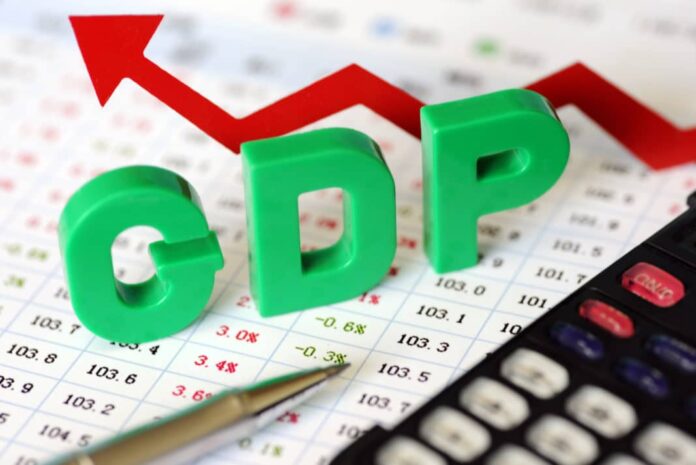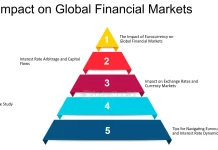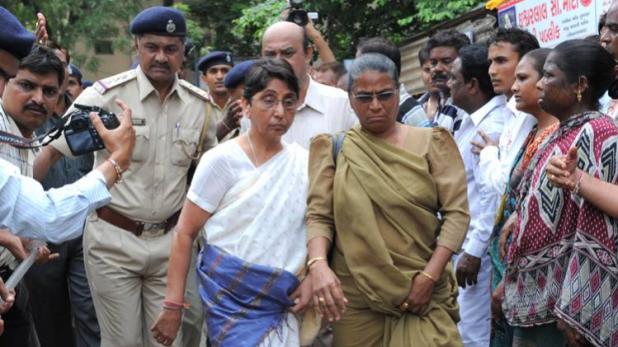The real gross domestic product (GDP) growth of the nation is predicted to slow to 6.8% in the fiscal year 2025 after growing by 7.6% in the current fiscal year, according to Crisil Ratings. This is because domestic demand will be restrained by lower fiscal impulse and higher interest rates.
The net tax impact on GDP that was observed in FY2024 will normalise, and uneven growth in important trading partners will impede a robust export recovery, which will also cause the economy to grow more slowly in the upcoming fiscal year.
According to the rating agency, India will continue to have the largest economy with the fastest rate of growth in spite of this.
According to a report by Crisil, “India’s real GDP growth will likely moderate to 6.8% per cent in fiscal 2025, after a better-than-expected 7.6% per cent this fiscal.”
The real GDP growth rate for 2024–2025 is predicted by the Reserve Bank of India (RBI) to be 7%.
The National Statistical Office (NSO) recently released data indicating that 7.6 percent growth in the country’s economy is anticipated in 2023–2024.
According to Crisil, the transmission of the rate increases implemented by the RBI’s Monetary Policy Committee (MPC) between May 2022 and February 2023 is still ongoing and is probably going to have an impact on demand in the upcoming fiscal year. Between May 2022 and February 2023, the RBI increased the repo rate, which is the main policy rate, by 250 basis points (bps)pv. One hundredth of a percentage point is equal to one basis point.
However, measures taken by regulators to restrain unsecured lending will impact the expansion of credit. The Reserve Bank of India (RBI) raised the risk weights on banks’ exposure to consumer credit, credit card receivables, and non-banking finance companies (NBFCs) by 25% to 150% in November of last year.
The need to lower the fiscal deficit to 5.1% of GDP in the upcoming fiscal year, as predicted by the glide path, will result in a smaller fiscal impulse. Nonetheless, the rating agency noted that the nature of government spending will support the investment cycle and rural incomes to some extent.
The report went on to say that lower input costs and slower domestic demand caused inflation to moderate in the current fiscal year (FY2024), but higher food inflation prevented a greater drop in the headline figure.
Because of improved agricultural output, which reduces food inflation, and stable oil and commodity prices, the rating agency anticipates that inflation will continue to decline in the upcoming fiscal year.
It stated that “policy rates and inflation have peaked, and rate cuts could start as early as June 2024.”
Based on its forecast of average annual growth of 6.7%, Crisil stated that the size of the Indian economy will nudge closer to the $7 trillion mark between the fiscal years 2025 and 2031.
India’s economy will rise to become the third largest in the world at that point. The increase in per capita income that would catapult India into the upper middle-income bracket would follow naturally, the report stated.
The rating agency predicts that geopolitical unpredictability, global debt, uneven economic recovery, climate change, and technological disruptions will present short- and medium-term challenges.
Nevertheless, it stated that cyclical levers and domestic structural factors will be necessary to support growth.





























